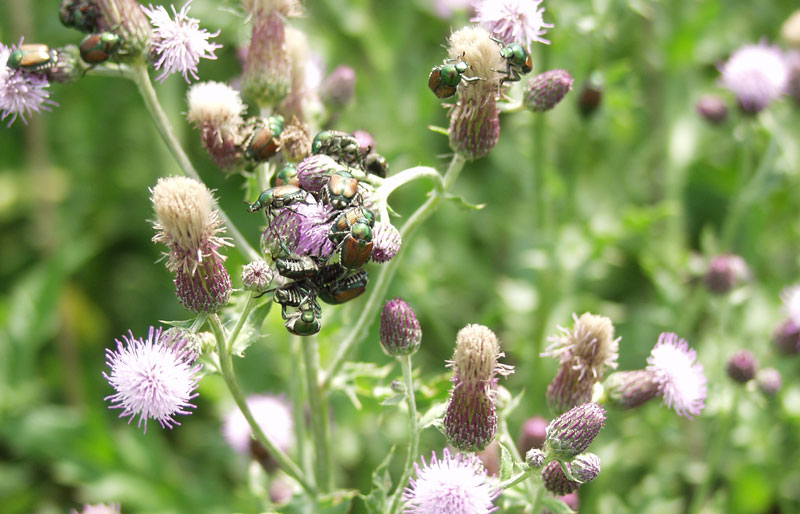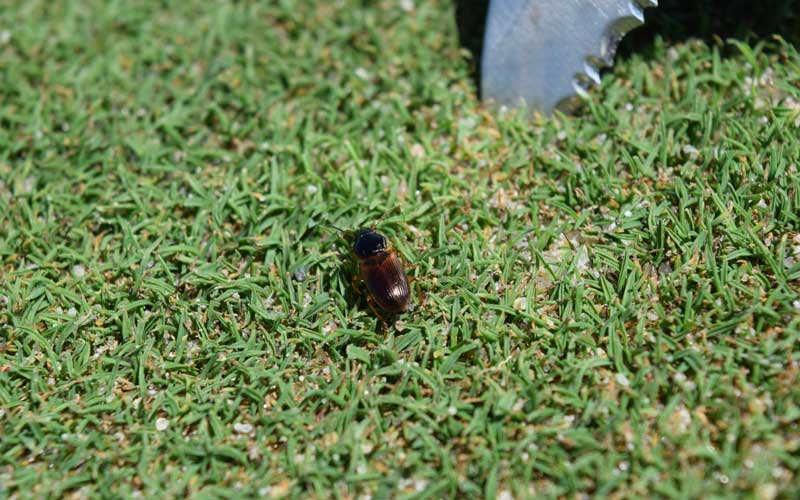Insects on the Move: Timing, Watering and Insecticides Are Key to Managing Turf Insects
As insect pests move and become more problematic in new geographies, golf course superintendents need to expand control programs. Insects are on the move throughout the U.S. and around the world, so it’s important for golf course professionals to know the tools and tips to help keep turf insects at bay.
In the U.S., white grubs are moving west into the Rocky Mountain states and up into the Pacific Northwest — and once present, they become a permanent turf problem. Billbugs, already present throughout the country, are becoming prolific in bermudagrass in southern climates, and armyworms can spread north in any given summer.
Below is some practical advice to help keep turf insects in check:
- Know your insecticide options. All pest problems, including insects, are most efficiently and effectively controlled preventatively with long-lasting products like Merit® 0.5 G insecticide, Acelepryn® insecticide (Syngenta) or the latest insecticide from Envu, Tetrino® insecticide, which brings faster uptake and quicker control compared to other similar active ingredients.
- Consider application timing. As a best practice, start applications for white grubs, billbugs or caterpillars when adults are seen since damaging larvae are observed one to three weeks in the future. (This is true for Merit 0.5 G insecticide and Tetrino insecticide, but Acelepryn insecticide requires more time for uptake, so timing should be earlier.)
- Decide whether or not to water-in insecticides. Watering-in depends on the primary insect target. If targeting primarily soilborne insects like grubs or billbugs, water in insecticides:
If targeting primarily foliar feeders like caterpillars, watering-in is not essential with Tetrino insecticide.
Need more information? Always read and follow the label, and contact your Envu area sales manager if you need assistance.


